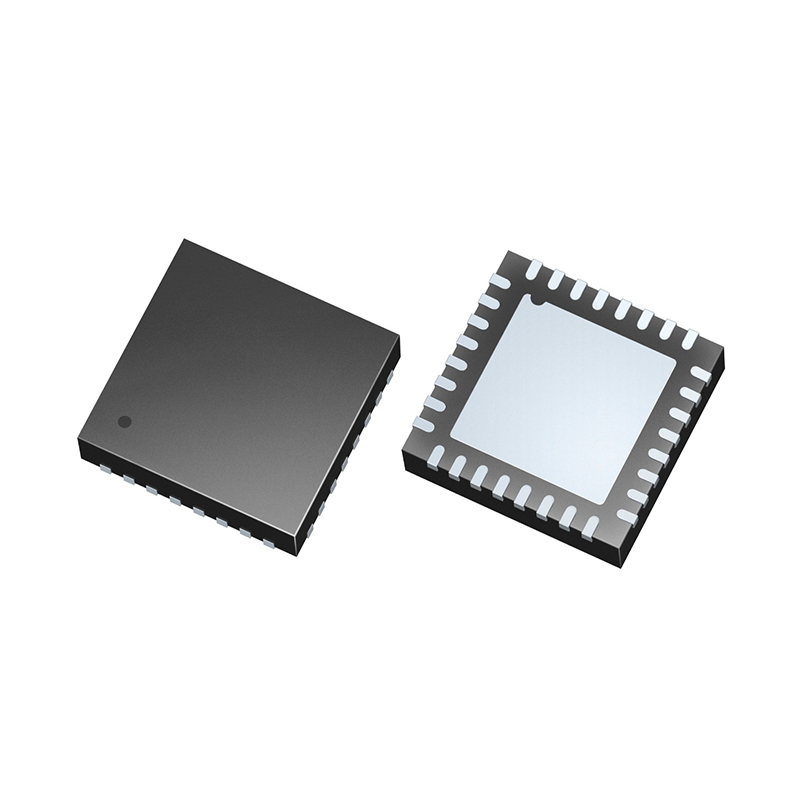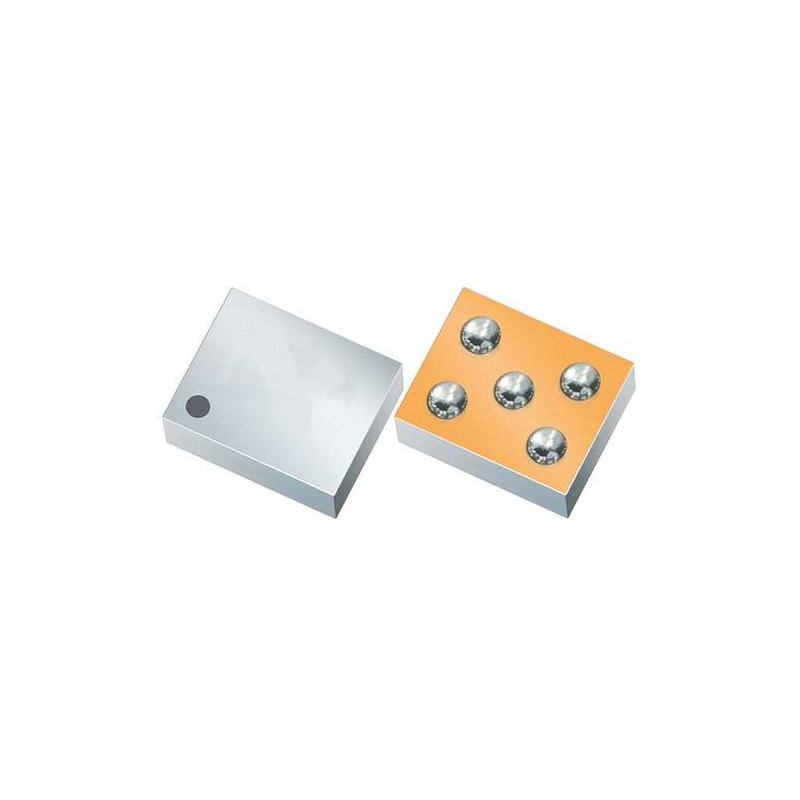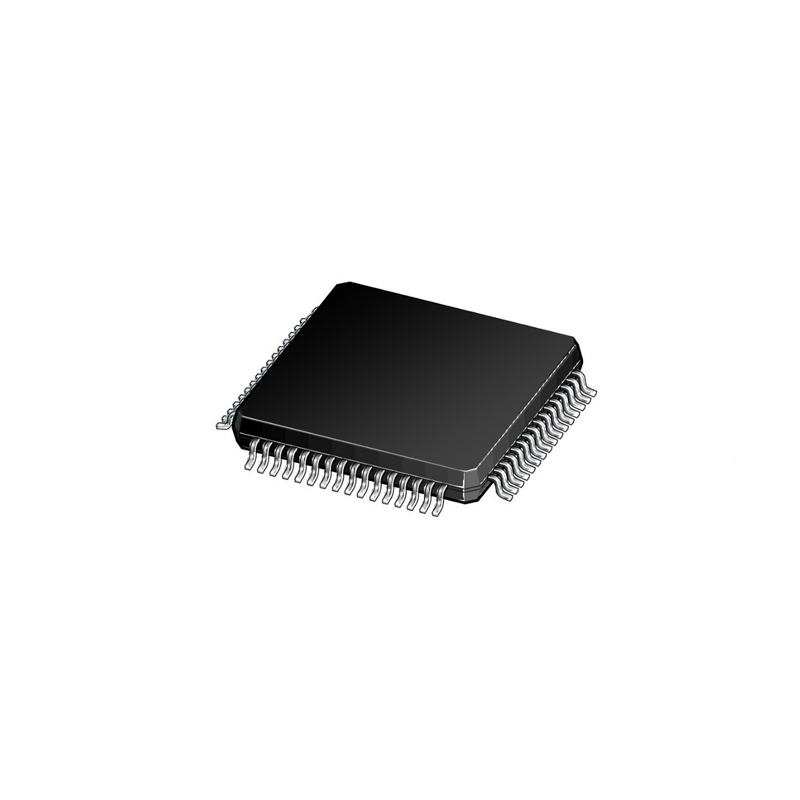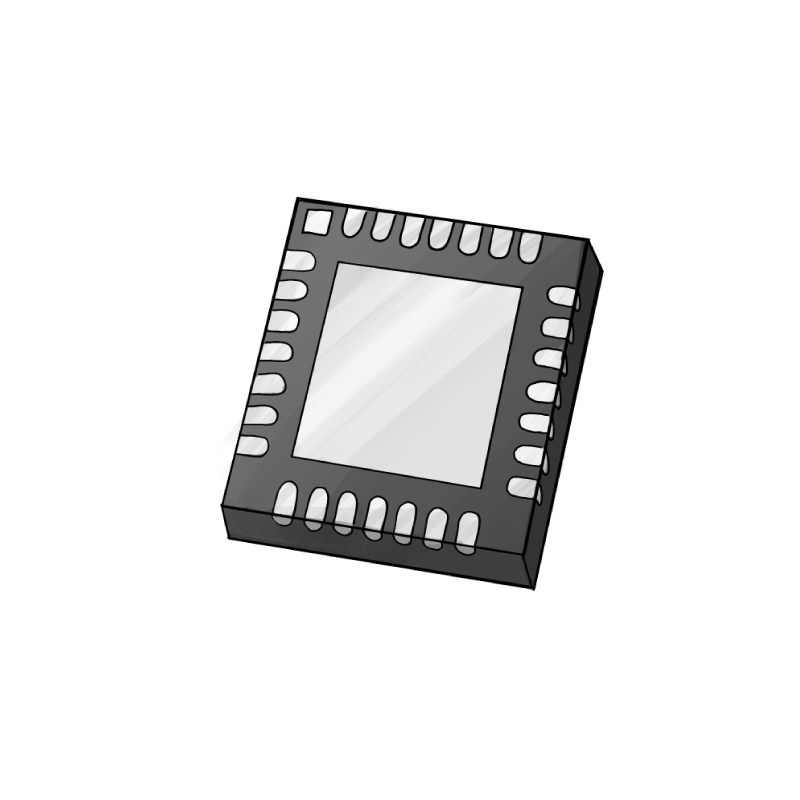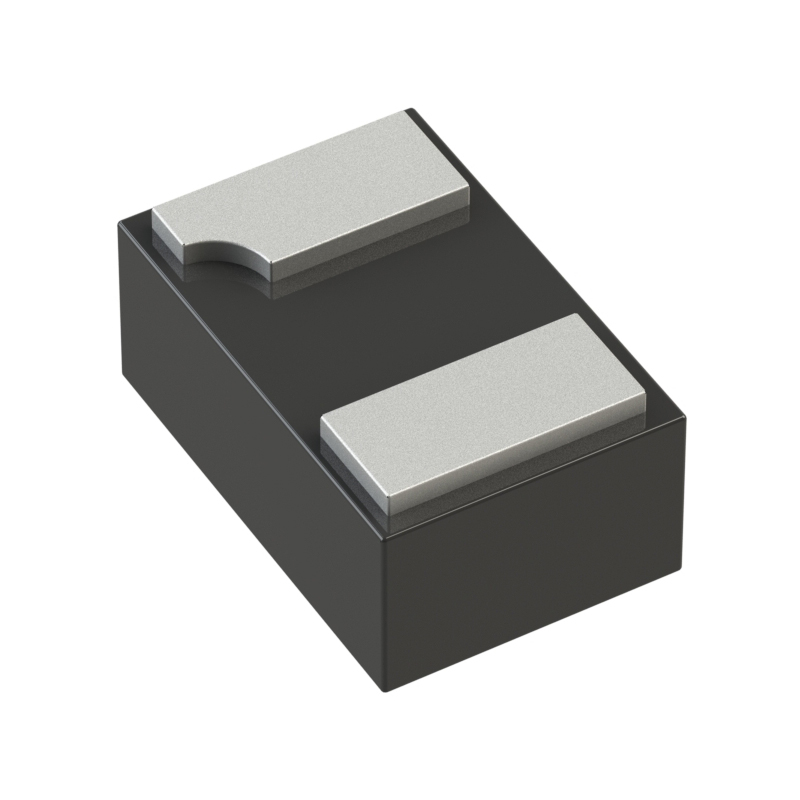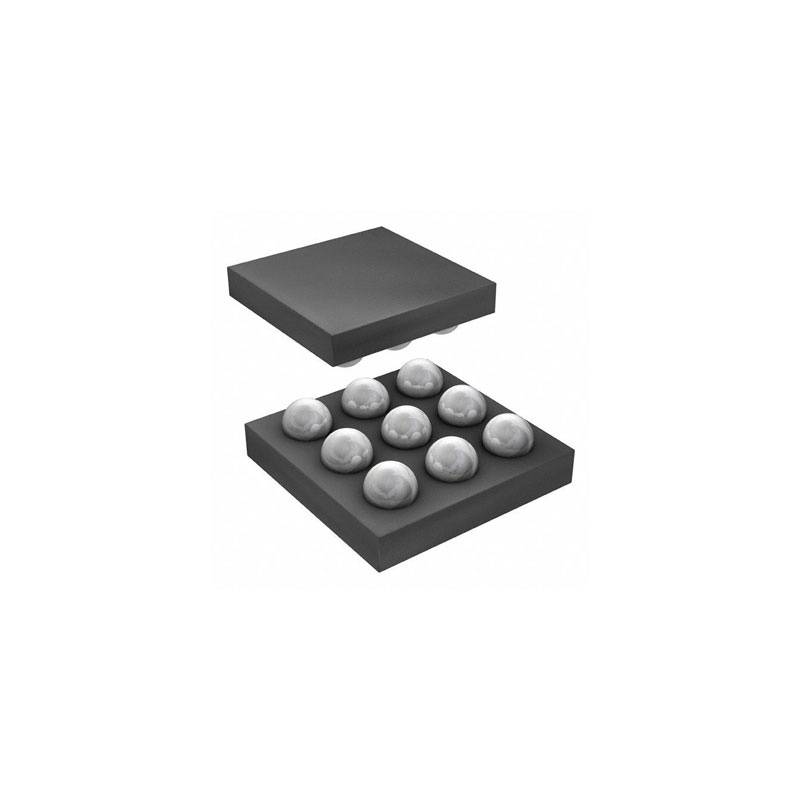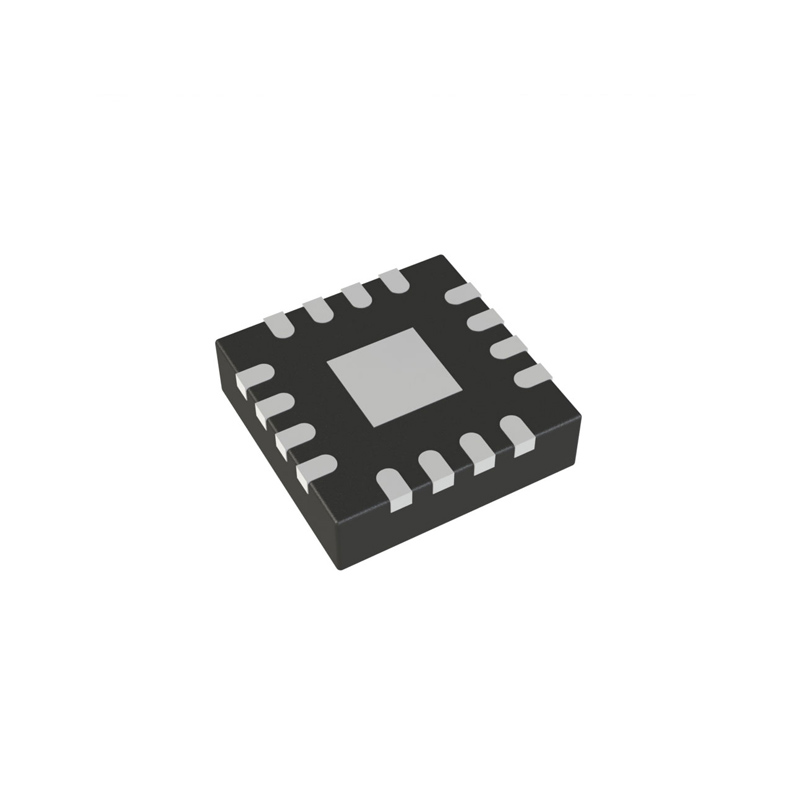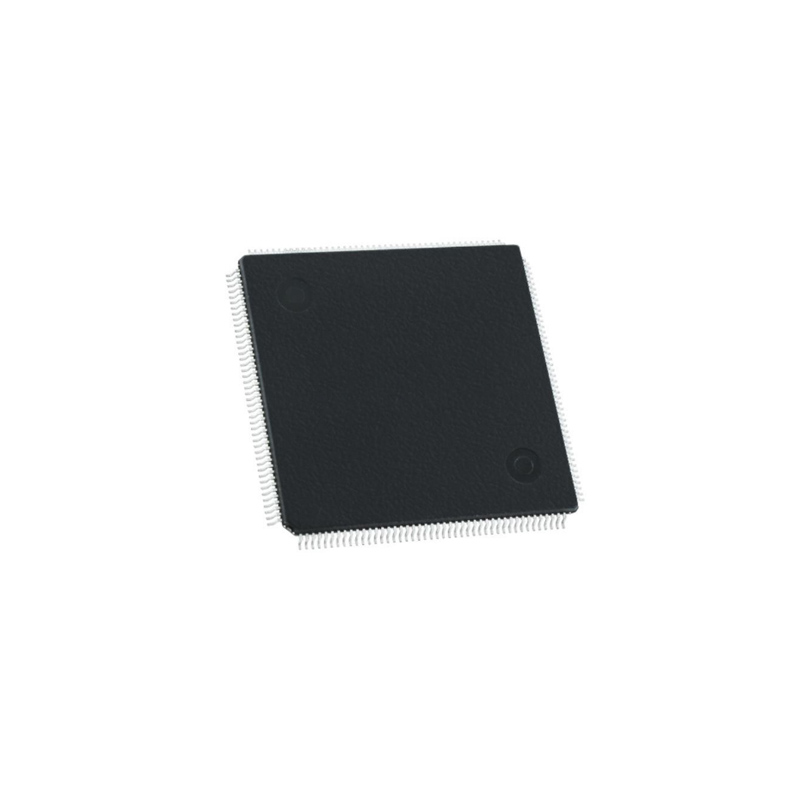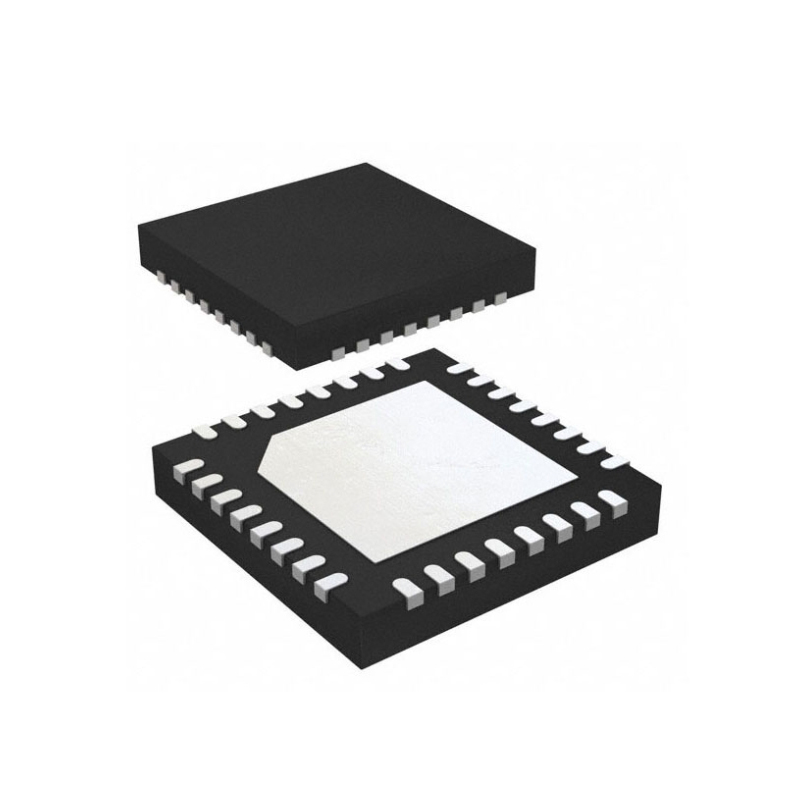Exploring the Versatile Sabertooth Motor Controller: An In-Depth Guide
Update Time: Jul 03, 2023 Readership: 2705
Contents
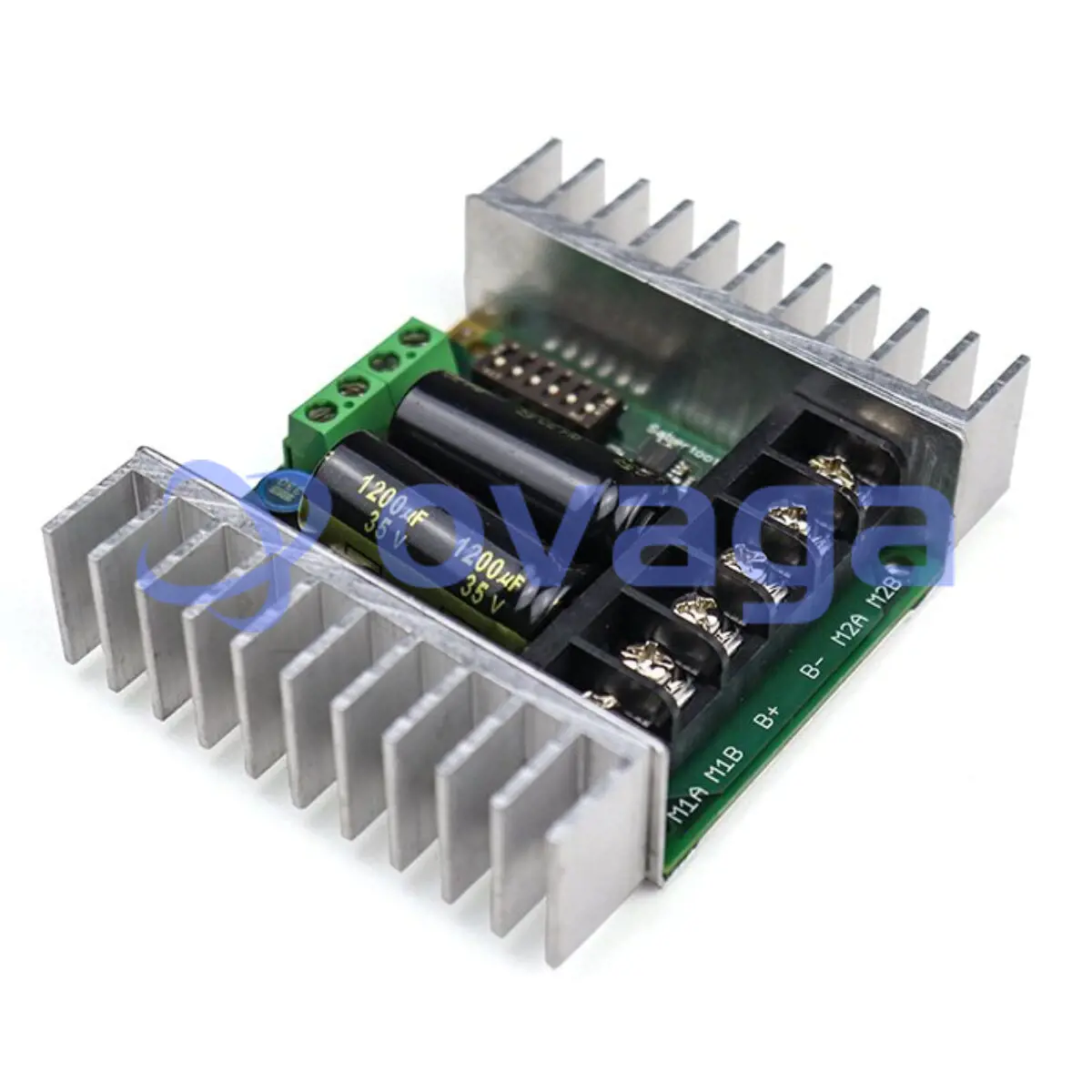
Motor controllers play a pivotal role in numerous applications, enabling precise control over motors and ensuring smooth and efficient operation. Among the wide array of motor controllers available in the market, the Sabertooth Motor Controller stands out for its versatility and impressive feature set. In this in-depth guide, we will delve into the world of the Sabertooth Motor Controller, exploring its capabilities, applications, programming options, troubleshooting, and best practices.
The article aims to provide a comprehensive understanding of the Sabertooth Motor Controller, catering to both beginners and advanced users. This guide will equip you with the knowledge to leverage the Sabertooth Motor Controller effectively.
Understanding Motor Controllers
A motor controller is an electronic device that governs the operation and control of electric motors. It serves as the interface between the motor and the external control system, enabling precise control over motor speed, direction, and torque. Essentially, a motor controller regulates the power supplied to the motor, ensuring efficient and controlled operation.
Motor controllers are of utmost importance in modern systems and applications due to their versatile functionality. They offer precise control over motor speed, making them essential for applications requiring speed variations, such as industrial machinery, robotics, and electric vehicles. Additionally, motor controllers enable seamless control over motor direction, allowing reversible motion in applications like conveyor systems and robotic arms. The ability to fine-tune torque control is another crucial feature provided by motor controllers, allowing for precise regulation of rotational force in manufacturing equipment and electric vehicle propulsion systems.
Moreover, motor controllers contribute to efficiency and energy savings by optimizing power consumption based on the required operation. By reducing power wastage and ensuring efficient motor performance, they play a significant role in achieving energy efficiency and cost reduction. Furthermore, motor controllers facilitate system integration and automation by seamlessly integrating into complex control systems. This integration enables the coordination of multiple motors, enhancing overall system efficiency and productivity. Lastly, motor controllers prioritize safety and protection through the incorporation of various safety features like overcurrent and thermal overload protection. These measures prevent motor damage and ensure safe operation, particularly in critical applications such as medical devices and machinery where motor failure can have severe consequences.
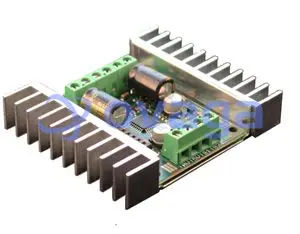
Types of Motor Controllers
Motor controllers come in various types, each designed to cater to specific motor types and control requirements. Here are the four main types of motor controllers:
DC Motor Controllers:
DC motor controllers are specifically designed to regulate the operation of DC (Direct Current) motors. These controllers vary the voltage or current supplied to the motor, enabling control over motor speed, direction, and torque. DC motor controllers are commonly used in applications such as robotics, electric vehicles, and industrial machinery.
AC Motor Controllers:
AC motor controllers are designed for controlling AC (Alternating Current) motors. They typically incorporate electronic devices, such as power inverters or variable frequency drives (VFDs), to convert the incoming AC power into the appropriate waveform for the motor. AC motor controllers offer precise control over motor speed, torque, and direction, making them suitable for a wide range of applications, including HVAC systems, pumps, and industrial automation.
Stepper Motor Controllers:
Stepper motor controllers are specialized controllers used for precise control over stepper motors. These motors move in discrete steps or increments, making them ideal for applications requiring accurate positioning or motion control. Stepper motor controllers generate specific pulse sequences to control the motor's rotation, allowing for precise movements and position control. They find applications in 3D printers, CNC machines, robotics, and automation systems.
Servo Motor Controllers:
Servo motor controllers are designed to control servo motors, which are widely used in applications requiring high precision and responsiveness. Servo motor controllers use feedback control systems to maintain the motor at a specific position or follow a desired trajectory accurately. They offer excellent speed and position control and are commonly used in robotics, aerospace, industrial automation, and camera gimbals.
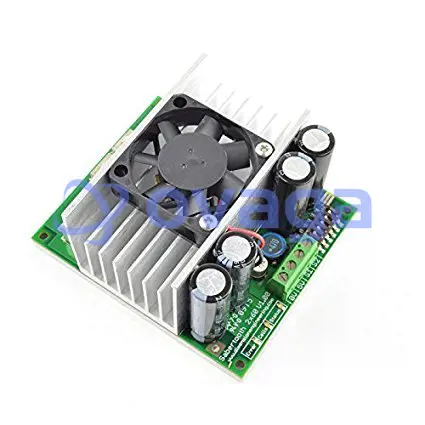
Exploring the Sabertooth Motor Controller
About Sabertooth Motor Controller
The Sabertooth Motor Controller is a highly regarded brand in the field of motor control. Developed by Dimension Engineering, Sabertooth motor controllers have gained a reputation for their reliability, versatility, and robust performance.
Key Features and Capabilities
he Sabertooth Motor Controller boasts a range of features and capabilities that set it apart. Some of its key features include:
a. Dual motor control: One notable feature of the Sabertooth Motor Controller is its ability to control two motors simultaneously. This dual motor control capability makes it highly suitable for applications that require synchronized motor operation, such as differential drive robots or tank-like vehicles.
b. Motor compatibility and power ratings: The Sabertooth Motor Controller is compatible with various motor types, including DC brushed motors, brushless motors, and even stepper motors. It supports a wide range of voltage ratings, typically from 6V to 30V, allowing for versatile motor compatibility in different projects.
c. Speed and direction control: The Sabertooth Motor Controller offers precise control over motor speed and direction. It provides options for controlling speed using analog input, RC (Radio Control) signals, or serial communication, allowing flexibility in controlling motor speed. The ability to reverse motor direction is a valuable feature for applications requiring bidirectional movement.
d. Built-in protection features: Sabertooth Motor Controllers are equipped with various protective measures to ensure safe motor operation. These features include thermal protection to prevent overheating, current limiting to prevent motor damage due to excessive current draw, and overvoltage protection to safeguard the controller and connected components.
e. Configurable settings and customization options: The Sabertooth Motor Controller offers configurable settings, such as acceleration and deceleration rates, allowing users to fine-tune the motor control parameters to suit their specific requirements. Additionally, advanced users have the option to customize the motor control behavior by accessing the controller's underlying firmware.
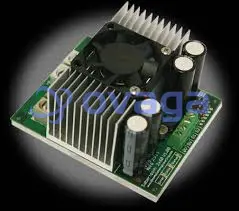
Applications of the Sabertooth Motor Controller
Robotics and Automation:
The Sabertooth Motor Controller finds extensive use in robotics and automation applications. Its dual motor control capability allows for precise control of motor movements in robotic arms, wheeled or tracked robots, and autonomous vehicles. The controller's speed and direction control features enable accurate navigation, manipulation, and coordination of robot components.
Electric Vehicles:
Sabertooth Motor Controllers are well-suited for electric vehicle applications. They provide efficient and reliable motor control for electric scooters, electric bicycles, electric skateboards, and other electric mobility solutions. The controller's ability to handle high voltages and current ratings, along with its built-in protection features, makes it an ideal choice for electric vehicle propulsion systems.
Hobbyist Projects:
The Sabertooth Motor Controller is popular among hobbyists due to its ease of use, versatility, and affordability. Hobbyists utilize the controller in various projects, such as remote-controlled vehicles, drones, DIY robots, and animatronics. Its compatibility with different motor types and voltage ranges allows hobbyists to experiment and create custom motor control solutions for their projects.
Industrial Systems:
The Sabertooth Motor Controller also has applications in industrial systems that require precise motor control. It can be used in conveyor systems, automated machinery, CNC machines, and other industrial equipment that rely on accurate speed and direction control. The controller's robustness, configurable settings, and protection features make it suitable for demanding industrial environments.
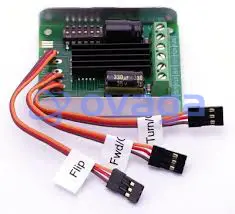
Features of the Sabertooth Motor Controller
The Sabertooth Motor Controller is renowned for its impressive features and capabilities. One of its key features is its dual motor control functionality, allowing simultaneous control over two motors. This feature is particularly valuable in applications that require synchronized motor operation, such as differential drive robots or vehicles with separate motors for left and right wheels. With independent control over each motor, users have greater flexibility and can achieve complex motion and maneuverability.
In terms of motor compatibility, the Sabertooth Motor Controller supports a wide range of motor types, including DC brushed motors, brushless motors, and stepper motors. This versatility makes it suitable for a variety of projects. Additionally, the controller is designed to work with different voltage ratings, typically ranging from 6V to 30V, accommodating diverse power requirements. This flexibility allows users to integrate the Sabertooth Motor Controller into applications with various motor types and power specifications.
Precise control over motor speed and direction is another notable feature of the Sabertooth Motor Controller. It offers multiple control options, including analog input, RC signals, or serial communication, enabling users to select the most suitable method for their specific needs. The ability to easily reverse motor direction enhances maneuverability and supports bidirectional movement when required.
Safety and protection features are a vital aspect of the Sabertooth Motor Controller. It incorporates built-in safeguards such as thermal protection, which prevents overheating by monitoring the temperature of both the motor and the controller. The current limiting feature protects the motor from excessive current draw, preventing damage and extending its lifespan. Furthermore, the controller includes overvoltage protection to shield the controller and connected components from voltage spikes or surges, ensuring reliable and stable operation.
The Sabertooth Motor Controller offers configurable settings, allowing users to fine-tune control parameters based on their specific requirements. This includes adjusting acceleration and deceleration rates, facilitating smooth and controlled motor movements. For advanced users, the controller provides customization options by accessing the underlying firmware, enabling the implementation of custom control algorithms or specialized functionality.
With its user-friendly interface, the Sabertooth Motor Controller provides a straightforward and intuitive experience. It typically includes status LEDs that provide visual indications of the motor status and controller operation, assisting with troubleshooting and monitoring. Additionally, input/output connectors simplify integration with external control systems, remote controls, or microcontrollers, enhancing the controller's versatility and ease of use.
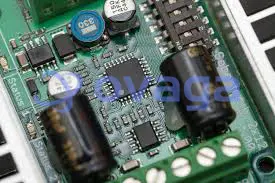
Common Issues and Solutions
When using the Sabertooth Motor Controller, it's important to be aware of common issues that may arise during motor control and to have troubleshooting tips at hand. Here are some common problems encountered and solutions for smooth operation:
One common issue is when the motor does not respond or runs inconsistently. To address this problem, first, check the power supply to ensure that it meets the controller's specifications and that the connections are secure. Next, verify the motor connections, ensuring they are correctly wired to the appropriate motor output channels. Also, check the control signal input to ensure that the controller is receiving the signals properly. Troubleshoot the control signal source or the interface between the controller and the input source if necessary.
Overheating or thermal shutdown can also occur during motor operation. To prevent this issue, monitor the motor's temperature during prolonged use and take measures to keep it within safe limits. This can include adding additional cooling measures such as heat sinks or fans. Additionally, ensure proper ventilation for both the motor and the controller by placing them in well-ventilated areas to dissipate heat effectively.
Another issue that may arise is jerking or erratic movements of the motor. To troubleshoot this problem, start by checking for any mechanical issues such as misaligned gears, belts, or obstructions in the motor's path. Ensure that all mechanical components connected to the motor are properly aligned, lubricated, and free from any obstructions. Additionally, adjusting the control parameters, such as acceleration and deceleration rates, can help achieve smoother motor movements. Experiment with different parameter settings to find the optimal configuration for your specific application.
When troubleshooting, it is advisable to begin with basic checks, including verifying connections and power supply, and consulting the user manual and documentation provided by the manufacturer. The user manual often contains valuable troubleshooting information and solutions to common issues. Seeking support from online forums or communities dedicated to the Sabertooth Motor Controller or motor control in general can also be beneficial, as fellow users may have encountered similar issues and can offer guidance. If the problem persists, reaching out to the manufacturer's customer support for expert assistance is recommended. Additionally, keeping the firmware or software up to date with the latest versions provided by the manufacturer can help address known issues and improve the controller's performance and stability.
Remember to prioritize safety throughout the troubleshooting process and consult professionals if unsure or uncomfortable with handling electrical components. By being proactive and following these troubleshooting tips, users can overcome common issues and ensure smooth operation of the Sabertooth Motor Controller.
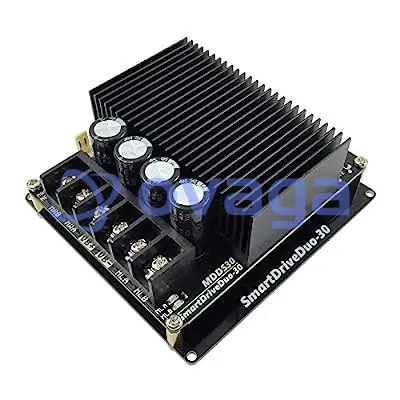
Conclusion
In conclusion, the Sabertooth Motor Controller stands out as a reliable and versatile solution for motor control. Its key features, such as dual motor control, compatibility with various motor types and voltage ratings, precise speed and direction control, built-in safety features, and configurable settings, make it a valuable tool in a wide range of applications.
The Sabertooth Motor Controller finds application in fields such as robotics and automation, electric vehicles, hobbyist projects, and industrial systems. Its ability to provide synchronized control over two motors, along with its compatibility with different motor types, enables users to achieve complex motion and maneuverability. The controller's safety features, configurable settings, and user-friendly interface further enhance its usability and make it accessible to both beginners and advanced users.
Extended Reading
- Exploring the Power and Precision of Brushless Motor Controllers
- How Electric Motors are Changing the Automotive Industry?
- Control Techniques for Electric Motors: Optimizing Performance and Efficiency
- Revolutionizing Electric Mobility: The Synergy of Cyberquad Motor Controller and Tesla's Innovation
 FAQ
FAQ
-
Does the Sabertooth Motor Controller provide regenerative braking functionality?
Yes, the Sabertooth Motor Controller offers regenerative braking capability. This feature allows the controller to harness and convert the kinetic energy of the motor during deceleration or braking into electrical energy, which can be fed back into the power source or stored for future use. Regenerative braking helps improve overall energy efficiency and can be particularly beneficial in applications where frequent deceleration or braking is required.
-
Is it possible to control multiple Sabertooth Motor Controllers simultaneously?
Yes, it is possible to control multiple Sabertooth Motor Controllers simultaneously. By utilizing different control channels or communication protocols, such as UART or I2C, users can interface with and control multiple Sabertooth Motor Controllers within a system.
-
Can the Sabertooth Motor Controller be used with brushless motors?
No, the Sabertooth Motor Controller is designed to work with brushed DC motors. It does not support brushless motor control.
Popular Blogs
-
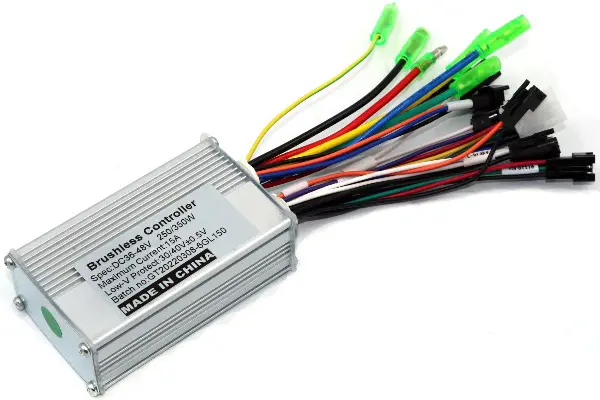
Exploring the Power ...
Brushless motor controllers are advanced electro...
-
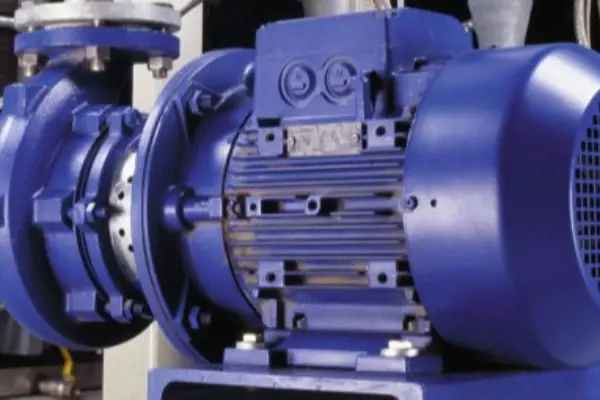
How Electric Motors ...
With rapidly development in technology, electric...
-
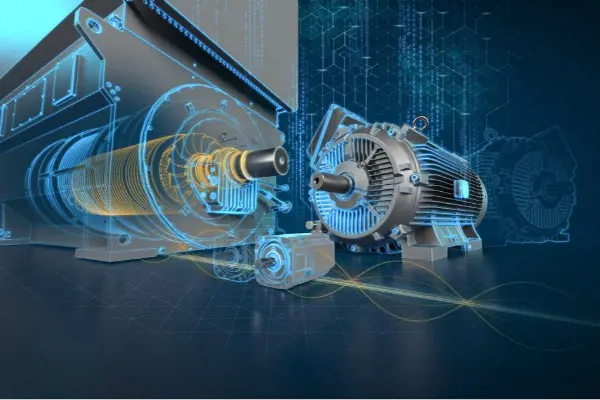
Control Techniques f...
Discover how advanced motor control software, va...
-
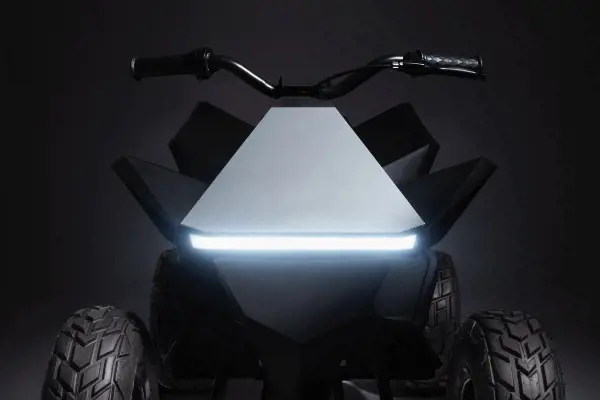
Revolutionizing Elec...
Central to Tesla's success is its relentless pur...





